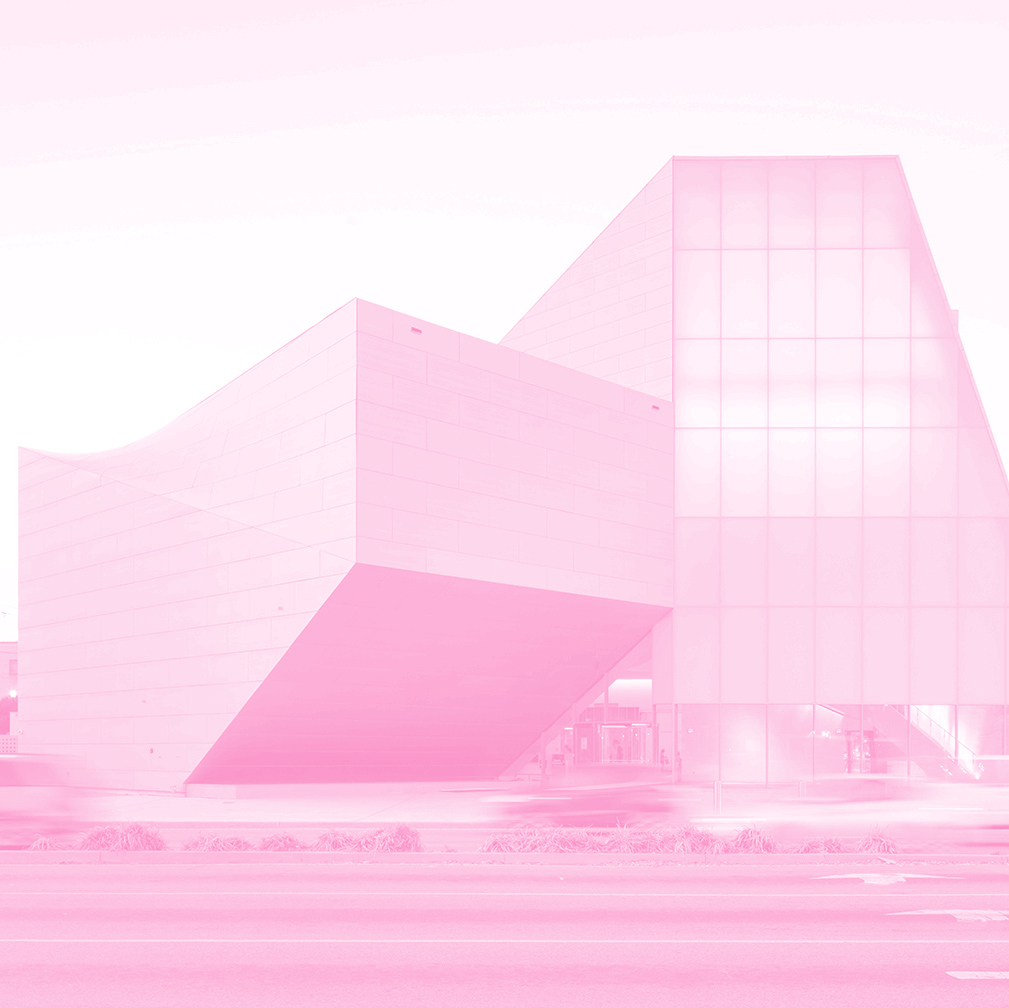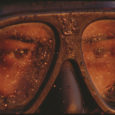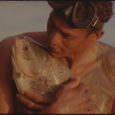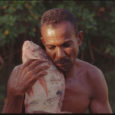Jonathas de Andrade
Introduction
JONATHAS DE ANDRADE: Hi I’m Jonathas de Andrade and I am an artist who works with films, photography, and installations.
For the exhibition I’m showing a film called “O Peixe” or “The Fish”. It’s a work that started with me trying to create a fictional ritual. I proposed to a group of fisherman that they could help me to tell a story of a fisherman who embraces the fish at the moment of their catch, as if they were helping the fish to his passage to death.
This situation of the fish somehow materialized an image that is both about love and about extreme violence.
For me it very much speaks about the limitations of the relationship between humans and nature; how we as humans naturalized dominating nature. But it can also be a metaphor, which is a general metaphor for relations, not only with nature but relations between beings.
SOUND
JONATHAS DE ANDRADE: There’s something that’s nice to share or pay attention to, which is the sound.
The sound is entirely created after the filming process. It was created by a collaboration with the Portuguese foley artist Mauricio d’Orey.
We had the chance to create fictionally all sounds, and it’s a fascinating universe because I could give more details and strength in the moment of the embrace scene.
So my idea for the sound creation was to have it entirely real, almost hyperreal. At the moment of the embrace it becomes very intense, it’s very psychological. You can hear the breath of the fisherman, you can hear the breath of the fish, you can hear the sound of the hands caressing the fish.
I usually don’t mention this beforehand, but if you have a chance to go back and see the film with this perspective, it’s a very nice thing to pay attention to.
ETHNOFICTION
JONATHAS DE ANDRADE: I’m very influenced by the films of Jean Rouch, the French filmmaker, who blurred the boundaries of ethnographical documentary and fiction. Through his films I realized that proposing a situation to be developed by a community could be something much more powerful to show evidence of how those people deal with reality and with daily life, than actually try to depict a certain idea of truth.
The truth is completely relative. The film documents the first embrace of those fishermen to a living fish, which is approaching death. In this sense the film is very documental. If you understand it as a ritual that exists in a community, it is fiction.
So having this structure of something that could be not only documentary, not only fiction, but having this ambiguity as the core of the piece, that was something that was very important to me.

 Closed
Closed

 Area Map
Area Map  Parking
Parking 

